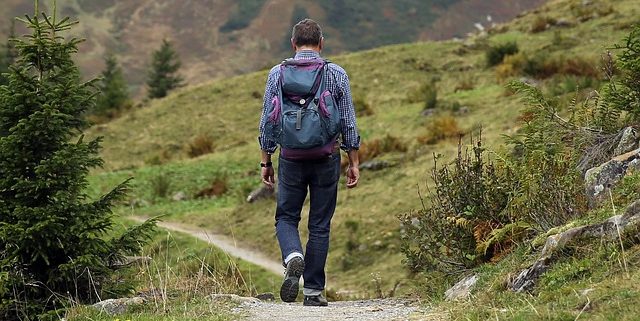The Base of Fit Soul, Fit Body: Shamanism
Shamanism is a way of honoring nature.
It is practiced in various forms around the world by different indigenous tribes. The methods of shamanism are diverse. However, they are unified in their inherent basis in the natural world.
Fit Soul Fit Body used the foundations of shamanism as a platform from which many of its keys are built. Specifically those practices come from the Huichol people of the Sierra Madre Mountains. They are considered to be one of the last tribes in North America to have maintained their pre-Columbian traditions. The Huichol continue to practice their ancient spiritual traditions to this very day.
Sacred Huichol ritual, ceremony, and celebration are ancient tools of personal and planetary transformation. They uplift the soul and create a deeper connection to nature.
Through daily practices we learn to be with nature and to breathe in its sounds. Each of us can do that! Just listen to the world around your. In ceremony we share our gratitude and joy for what we have been given. It helps us recognize simple things. When we stop to celebrate moments like a sunrise, the coolness of an autumn breeze, and the beauty of a waterfall, we are connecting with the power of that moment in our heart. By honoring nature in this way, we are learning to connect to everything around and within us.
The Huichol elders share a story of our common link as human being. They say that the ancient ancestors gained knowledge of the world around them and the powers within. Our ancient ancestors then asked “where should we put this knowledge” so that it would not be lost? They decided to put this knowledge first into the heart of the deer. Then when human beings came, that deer spirit with all the ancient knowledge was placed in the heart of the humans.
The deer spirit guide is within each of us. It’s our intuition.
Through simple shamanic practices we can tap into that knowledge. By quieting our minds, one of the keys in Fit Soul, Fit Body, we start to hear the knowledge of the deer. And that knowledge is available to every human being on the planet. It exists already in our hearts. It’s ours to embrace if we just take the time to be quiet and listen.
That knowledge comes from listening to the everything around us. It comes from recognizing the simple things in life. We tap into it when we are grateful and take time to celebrate each moment. When we follow the shamanic path, we find in our hearts what we already know.
Join us for our next Fit Soul, Fit Body retreat.










